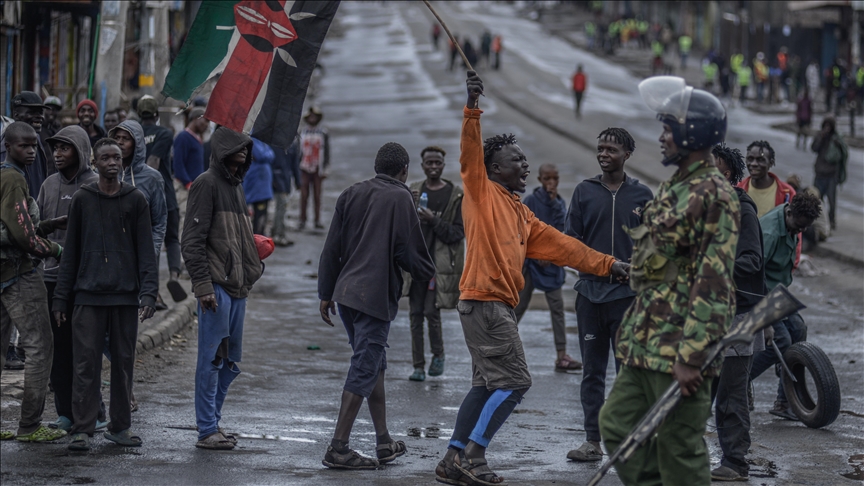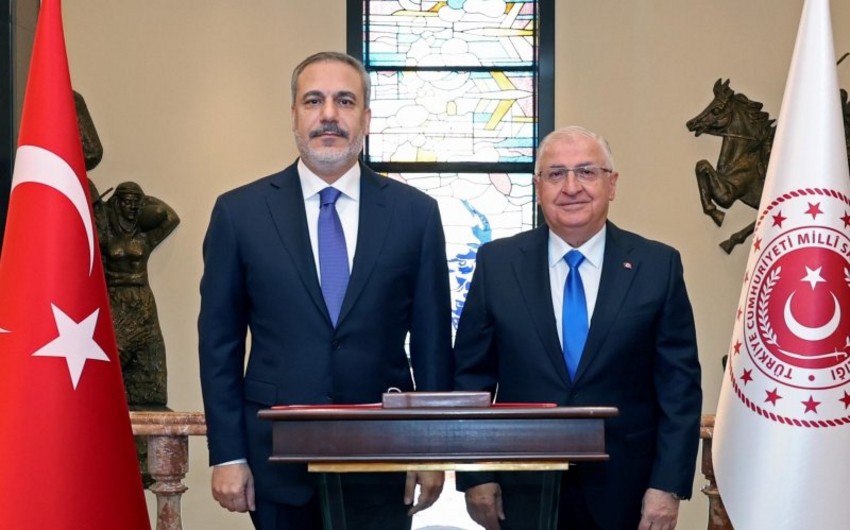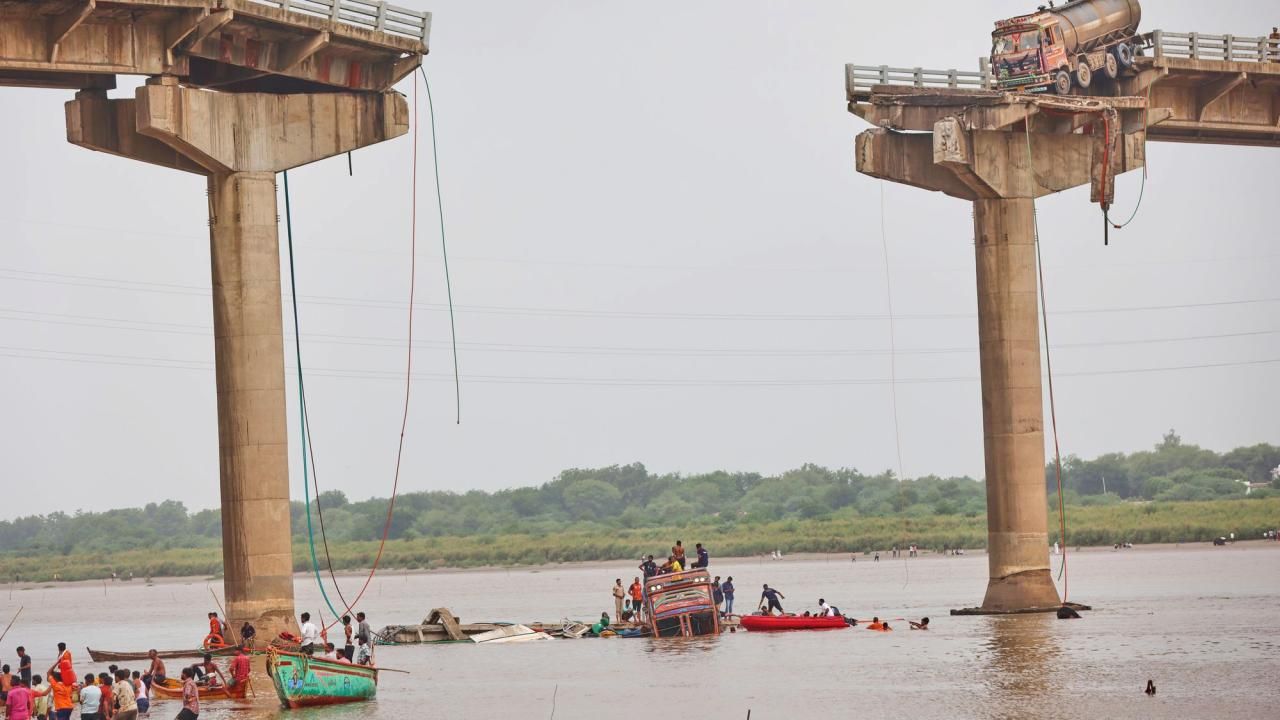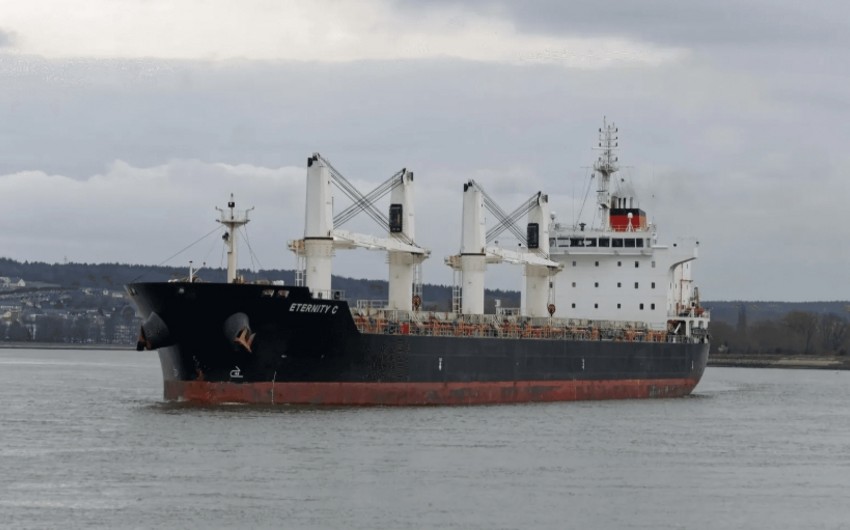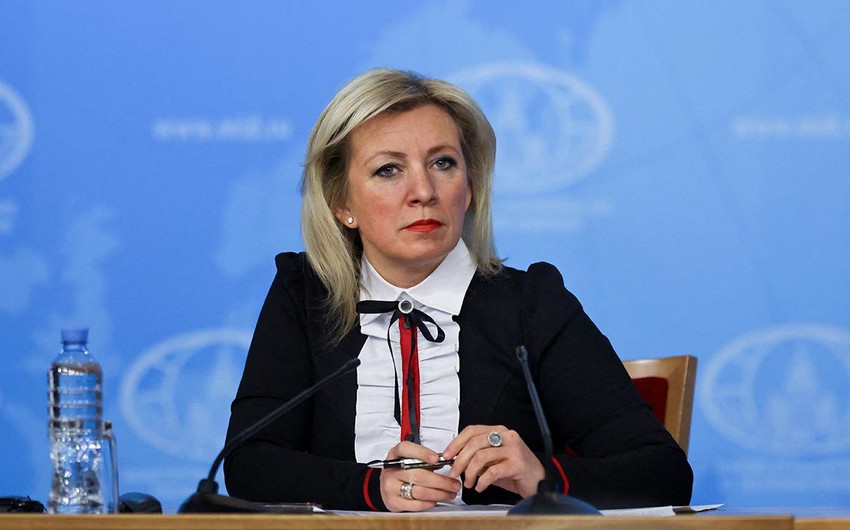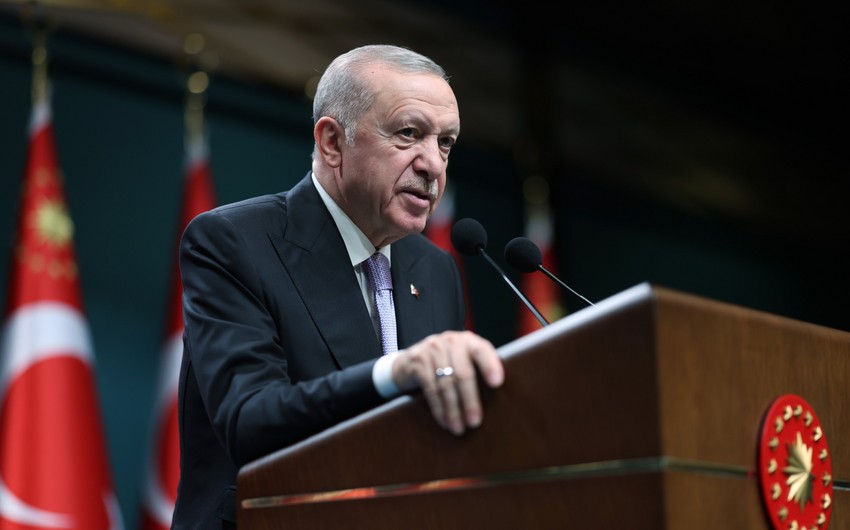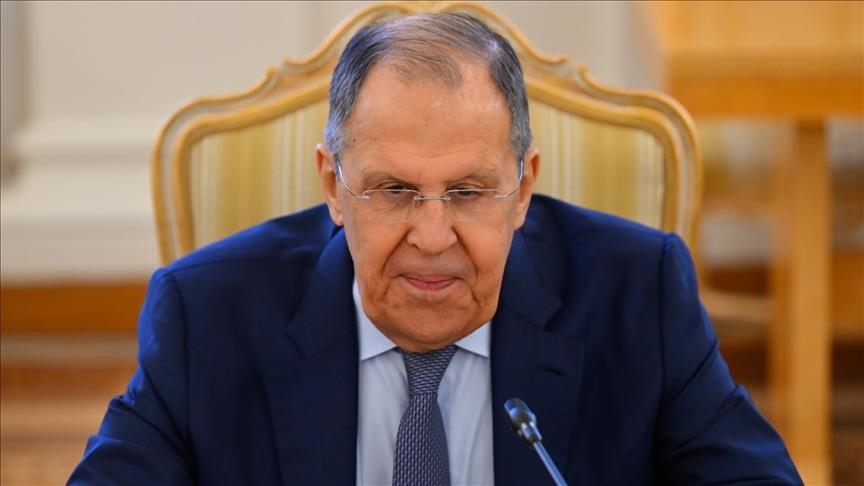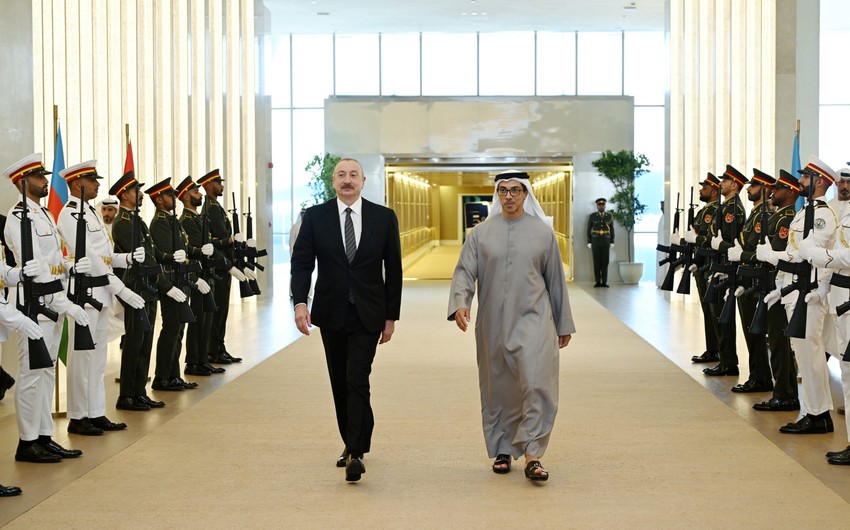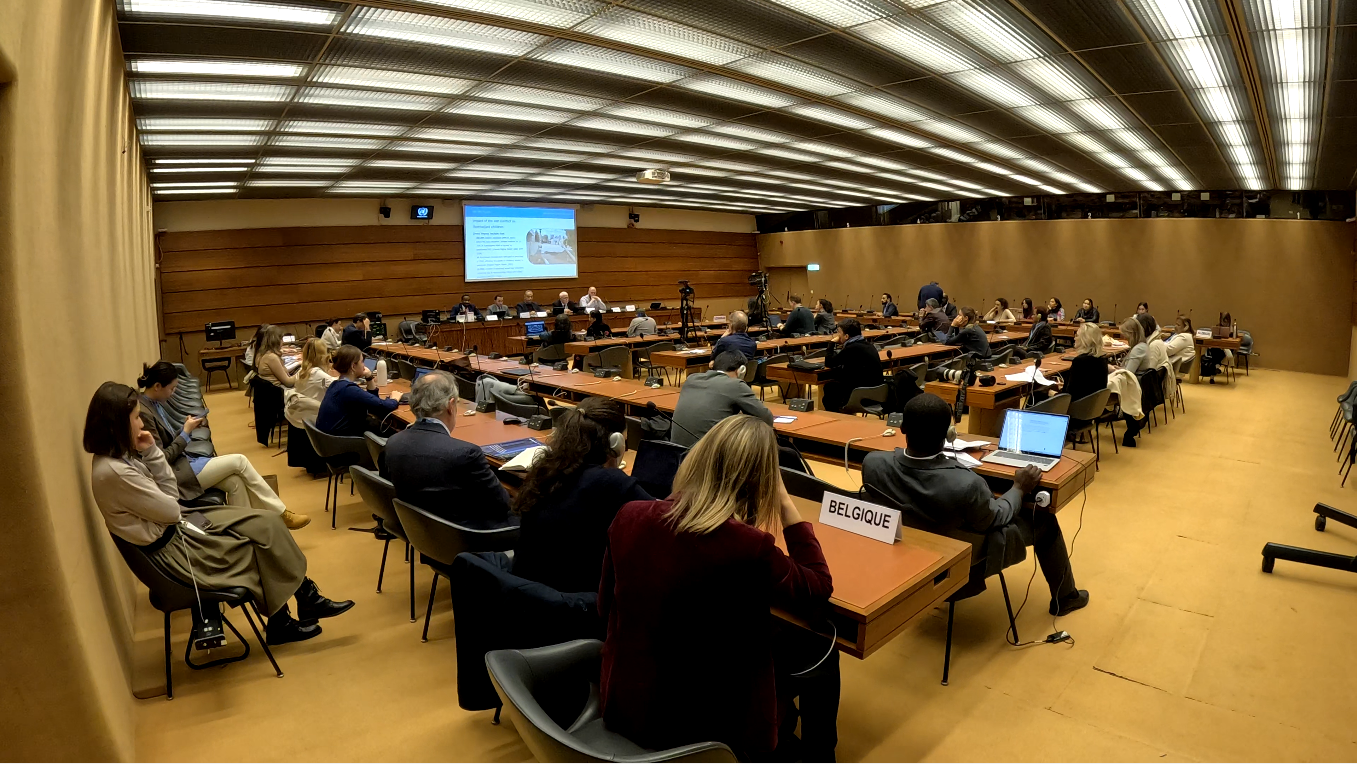The death toll from anti-government protests in Kenya on July 7 has risen to 31, marking the highest single-day toll since the demonstrations began earlier this year, the Kenya National Commission on Human Rights (KNCHR) said Tuesday.
The KNCHR, an independent national human rights institution, said it was “still actively monitoring and following up” on incidents related to the nationwide protests, which were held to demand President William Ruto’s resignation, accountability for police brutality and urgent economic reforms.
In its latest update, it said it had also documented 107 injuries, 532 arrests and two enforced disappearances, along with extensive but unquantified damage to property.
“The KNCHR strongly condemns all human rights violations and urges accountability from all responsible parties, including police, civilians and all other stakeholders,” said its vice chairperson, Raymond Nyeris.
It also offered condolences to the families of the victims and called for swift medical assistance to those injured.
The protests, organized to coincide with the anniversary of Kenya’s historic 1990 Saba Saba uprising, erupted across multiple towns and cities including Nairobi, Kisumu, Mombasa, Eldoret and Nakuru.
While the demonstrations were largely peaceful in some regions, others saw clashes between police and protesters, with reports of live ammunition being used, excessive force and arbitrary arrests.
Several eyewitnesses, including medical workers and human rights observers, had warned that the toll was likely higher than initially reported.
With dozens of protesters hospitalized and anger mounting online, rights groups say Kenya is facing one of its worst episodes of political unrest since the post-election violence of 2017.
Also Tuesday, Moses Kuria, Kenya’s former Cabinet secretary for public service and former trade minister, resigned as President Ruto’s senior economic advisor.
While he did not link his resignation to the ongoing Gen Z-led protests, Kuria had recently praised the youth for maintaining peace, even as he warned of “a Phase 2 of political opportunism and looters,” hinting at broader unease within government ranks.

